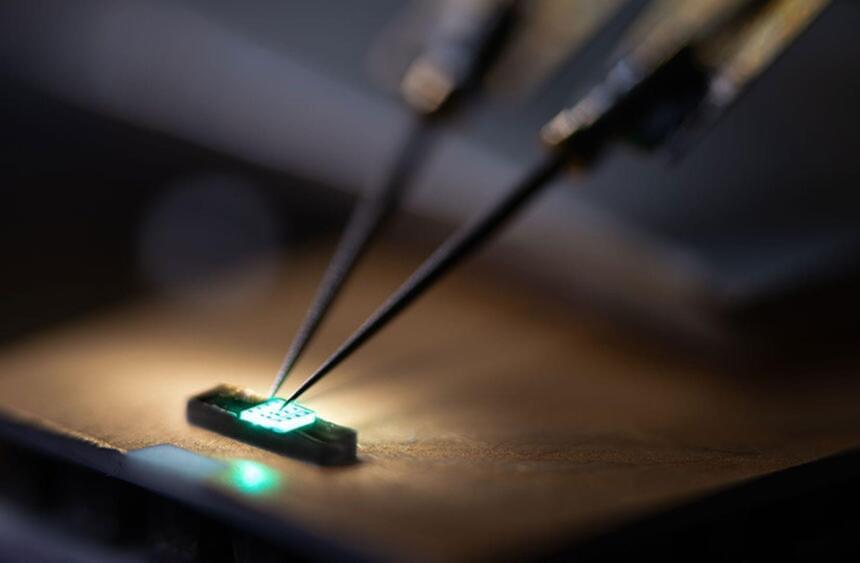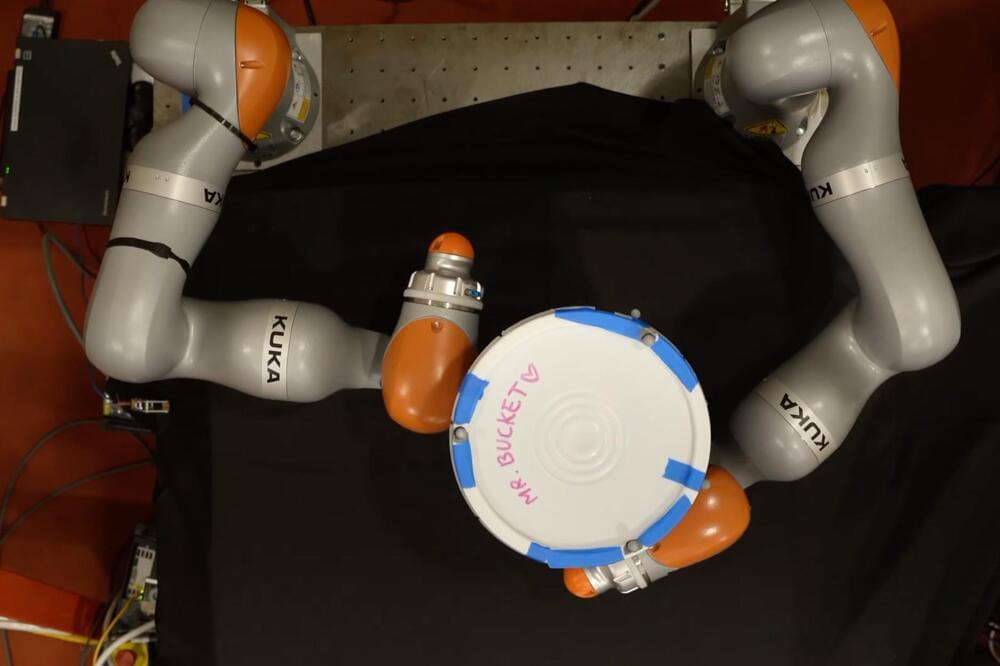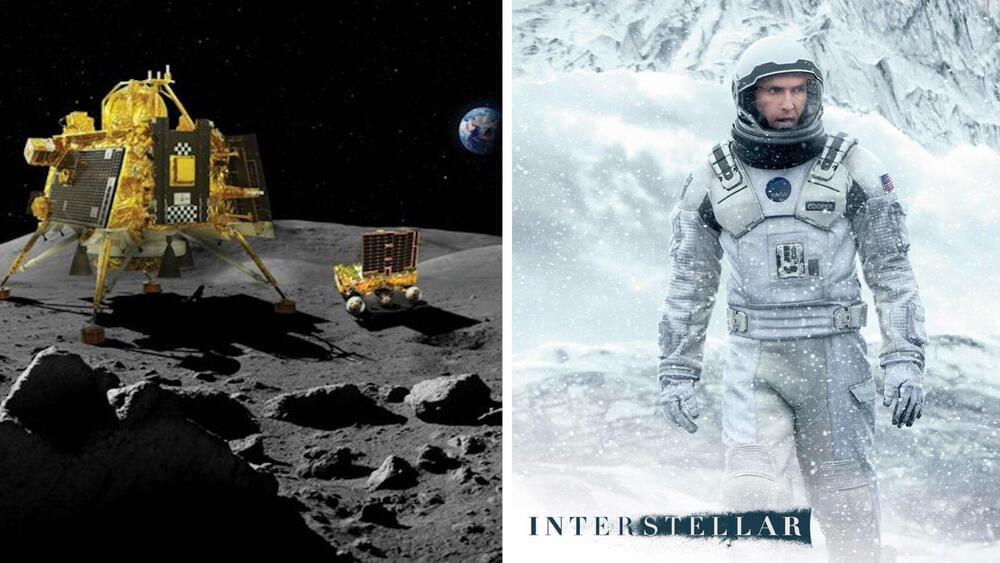Be one of the first 200 people to sign up with this link and get 20% off your subscription with Brilliant.org! https://brilliant.org/realscience/
Watch this video ad-free on Nebula:
https://nebula.tv/videos/realscience-intelligence-without-a-brain.
Patreon: https://www.patreon.com/realscience.
Instagram: https://www.instagram.com/stephaniesammann.
Credits:
Narrator: Stephanie Sammann.
Writer: Ashleen Knutsen.
Editor: Dylan Hennessy (https://www.behance.net/dylanhennessy1)
Editor: Leany Muñoz.
Illustrator: Jacek Ambrożewski.
Illustrator/Animator: Kirtan Patel (https://kpatart.com/illustrations)
Animator: Mike Ridolfi (https://www.moboxgraphics.com/)
Sound: Graham Haerther (https://haerther.net)
Thumbnail: Simon Buckmaster (https://twitter.com/forgottentowel)
Producer: Brian McManus (https://www.youtube.com/c/realengineering)
Imagery courtesy of Getty Images.
REFERENCES:





